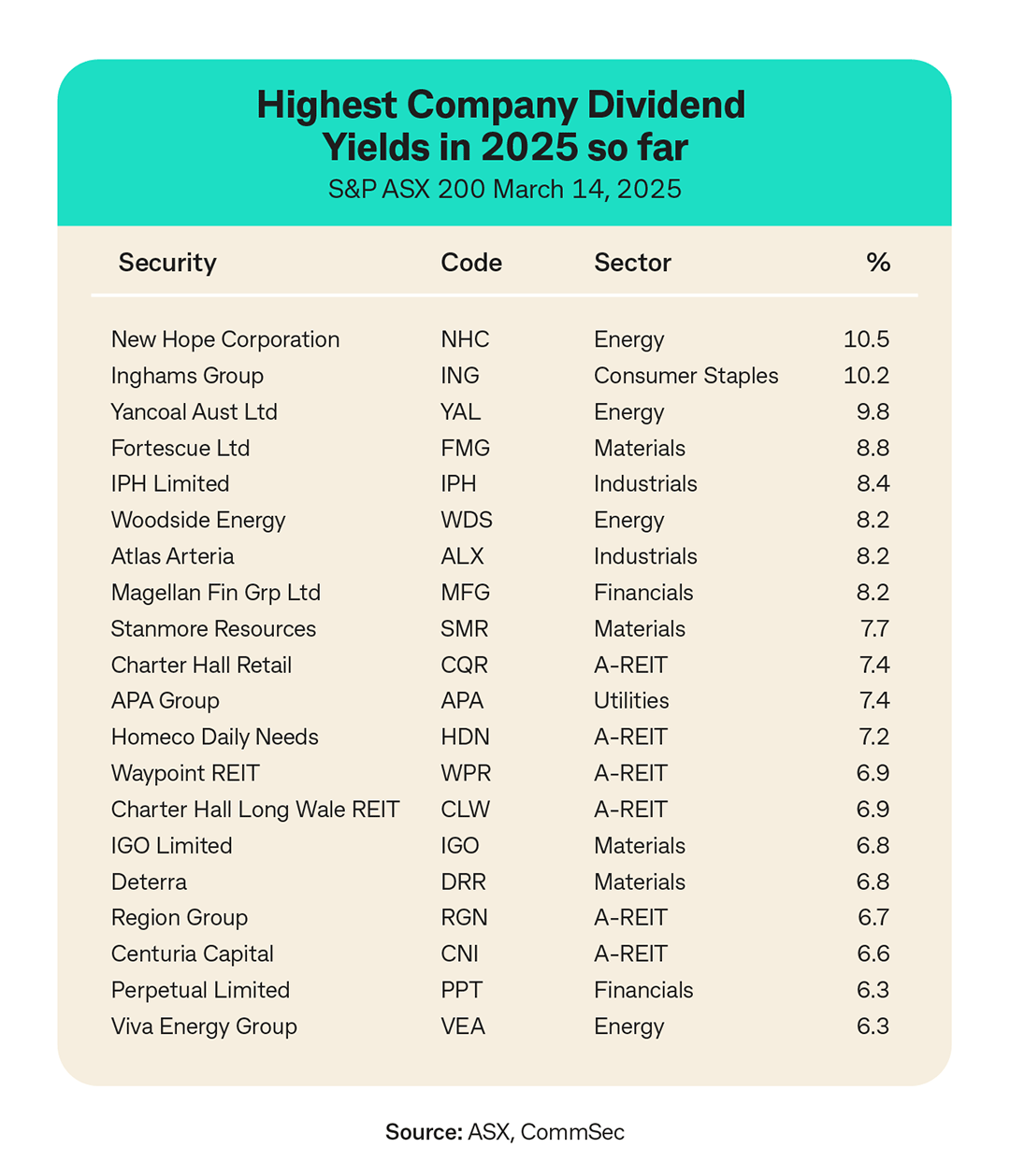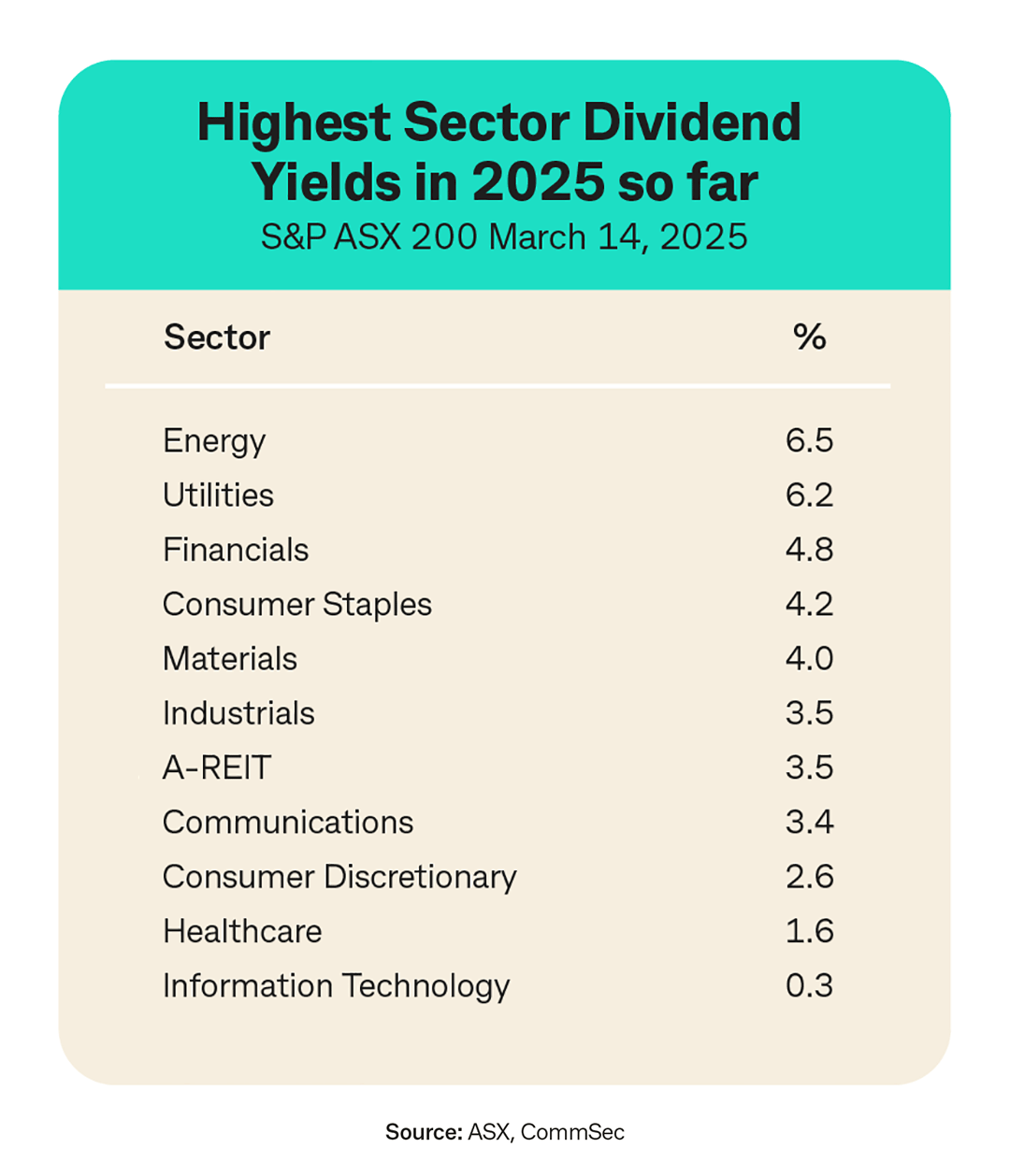Understanding Dividends: A Guide for New Investors
Dividends are a company’s way of sharing its profits with its shareholders. They’re payments made by a company to its shareholders.
They represent a slice of the company's earnings and are typically paid out once or twice a year, following the announcement of full-year or half-year earnings results.
Most dividends are paid as cash. Shareholders can then either pocket that cash as income, or if the company offers a Dividend Reinvestment Plan (DRP) you could reinvest the cash back into the company for more shares. To find out more about DRPs, click here.

6 things to know about dividends
1. Dividend Yield:
A way to measure how much bang you’re getting from your buck. It’s the annual dividend payment divided by the current share price and helps investors understand the return on investment from dividends alone. A higher yield can be attractive, but it's important to consider the whether the company can keep up those payments in the long run.
2. Payout Ratio:
This ratio indicates the percentage of earnings paid out as dividends. A lower payout ratio may suggest that the company is reinvesting more of its earnings back into the business, which could be a sign of growth potential.
3. Dividend History:
While there is no guarantee, some companies have a better track record than others in either paying a dividend or increasing the payment over time. Reviewing a company's dividend history can provide insights into its financial health and commitment to returning value to shareholders.
4. Tax Implications:
Dividends are subject to taxation, which can affect the net income for investors. You can find out more about it here.
5. Ex-dividend date:
An ex-dividend date means the day the shares begin to trade without the entitlement to the latest dividend. You would need to buy shares before this date to receive the dividend payment.
6a. Franked dividends:
When a company pays shareholders dividends from money they’ve already paid tax on. These franked dividends come with franking credits which means you get tax credits on the taxes already paid at the corporate level.
6b. Unfranked dividends:
Generally, when a company hasn’t paid tax on profits before distributing them as dividends. As a result, you’ll pay tax on the full amount of the dividend at your marginal tax rate.
For more information on franking credits, click here.

3 insights from our Chief CommSec Economist
According to the latest Dividends report from our Chief Economist Ryan Felsman, there are several trends and insights worth keeping mind in 2025.
1. Current Economic Challenges:
Australian companies are dealing with high inflation and interest rates, which makes it harder for them to earn profits. Trade issues and less demand from China for Australian goods are also affecting company earnings.
2. Dividend Payout Ratios and Yields:
Companies in the S&P/ASX 200 index are paying out a smaller portion of their earnings as dividends because their earnings growth is slowing down. The price of these earnings is high, with the price-to-earnings (P/E) ratio at 17x, above the long-term average of 15x. This has led to a lower dividend yield, currently at 3.7%, which is below the long-term average of 4.5%.
3. Future Expectations:
Analysts predict a 5% drop in overall market dividends for the financial year 2025, but a 5% growth in 2026. Dividends from the resources sector are expected to fall by 21% in 2025, while banks might see a small increase of 0.5%. Other sectors are expected to grow dividends by around 4.5%.
How to evaluate dividend stocks
When researching dividend stocks, keep an eye out for key factors like the company's financial health, dividend yield, payout ratio, and historical performance. Staying informed about market conditions is crucial, and regularly reviewing your portfolio ensures it stays in sync with your investment goals.
Have you heard about our podcast?
Stay up-to-date with the market by subscribing to our twice-daily podcast, the CommSec Market Update here.




